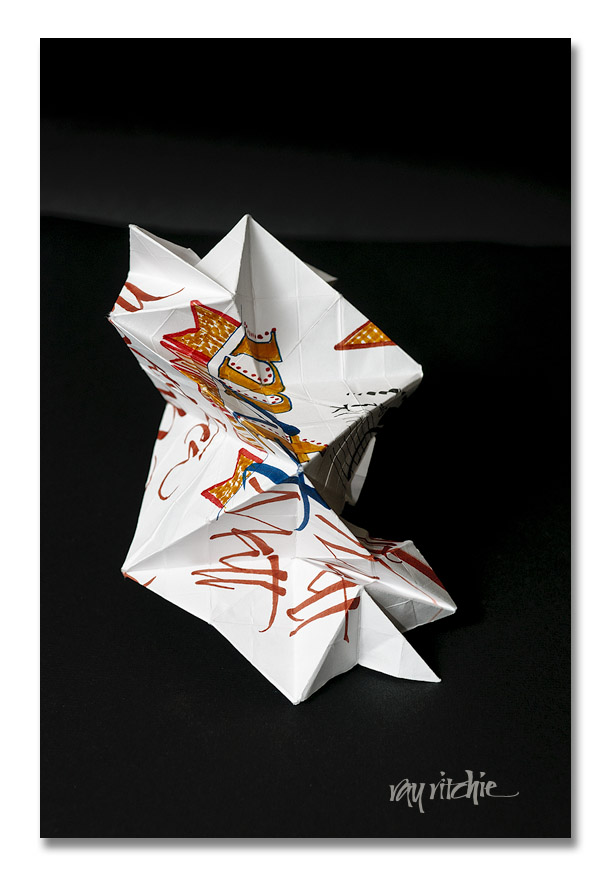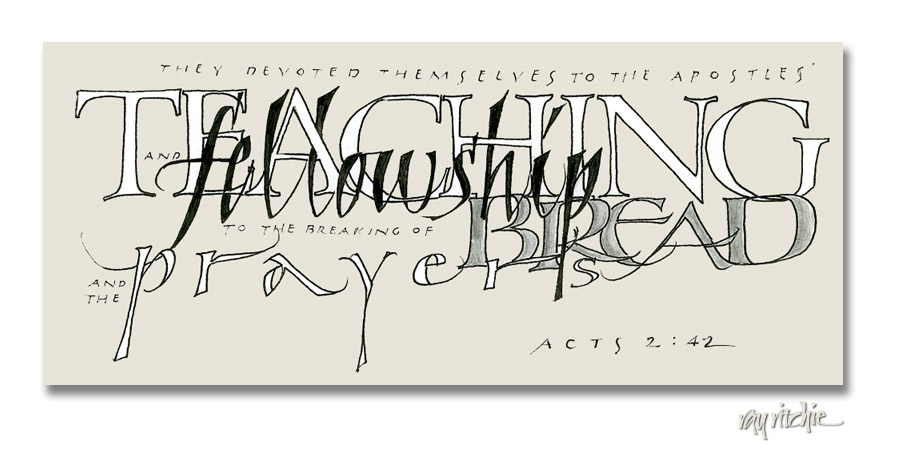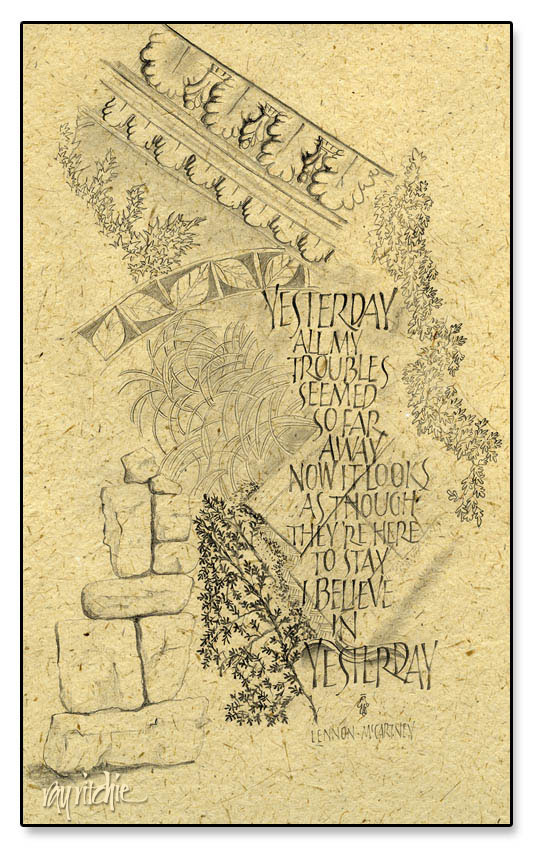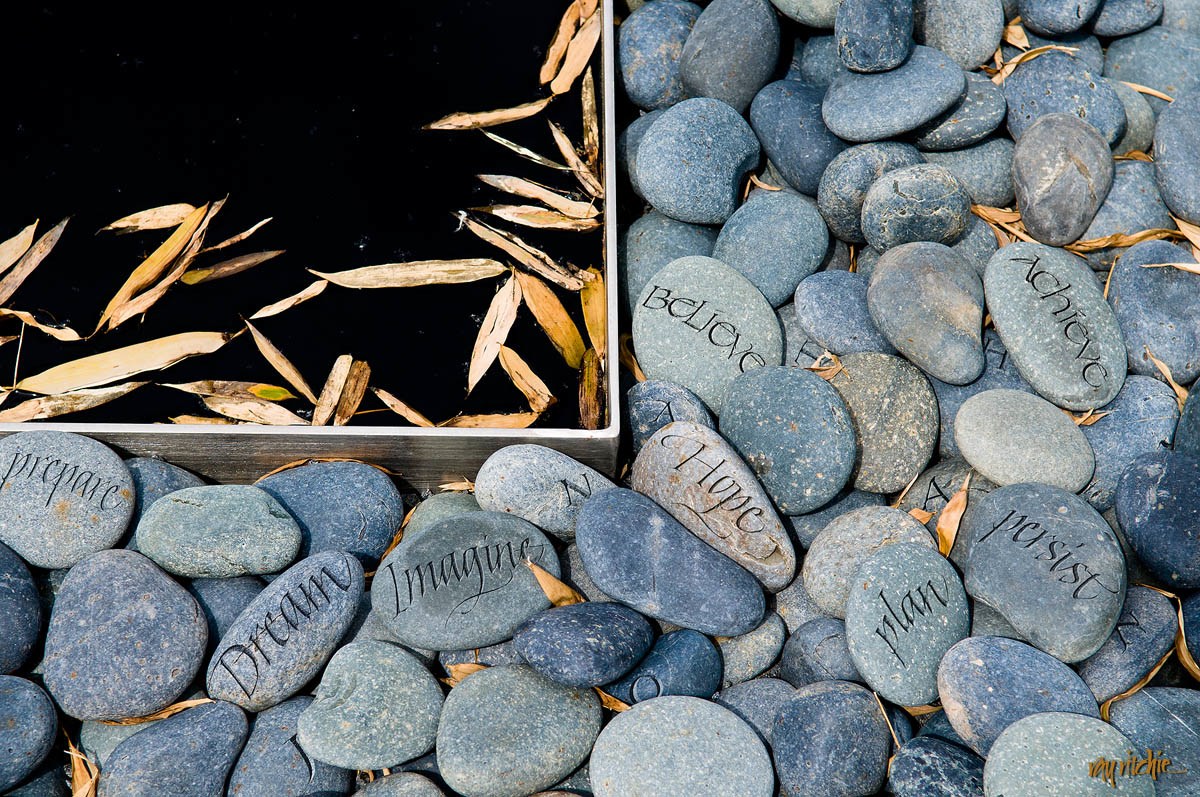A few days ago, in browsing the Roku for something interesting to watch, we happened across the documentary Between the Folds, by Vanessa Gould. This is a short film about the art and science of paper folding. I have played a little with origami in the past, but the level of skill and the intricacy of the patterns shown in this movie was so far beyond anything I had seen before that I felt an irresistible urge to pick up a sheet of paper and start folding.
As it happened, the closest sheet of paper to me was a piece of scrap paper on which I had been sketching ideas for a envelope design for my nephew Matt’s upcoming birthday (Happy Birthday, Matt!). I just started by making semi-random folds, not trying to create anything in particular, but folding the sheet into a fan pattern in one direction, then un-folding it and doing the same with the sheet turned 90 degrees, and finally, I started throwing in various folds that I remembered from simple origami patterns I had learned years ago. My main thought was just to create something with enough complexity of facets and textures that it might enhance or add interest to the calligraphy. Here’s a photo that suggests what can emerge from this process:
 This was just a preliminary experiment, but the result intrigues me, and motivates me to want to learn more about the current state of the art in paper-folding. If any reader has had experience in combining calligraphy and folding, I’d be particularly interested in hearing from you!
This was just a preliminary experiment, but the result intrigues me, and motivates me to want to learn more about the current state of the art in paper-folding. If any reader has had experience in combining calligraphy and folding, I’d be particularly interested in hearing from you!



